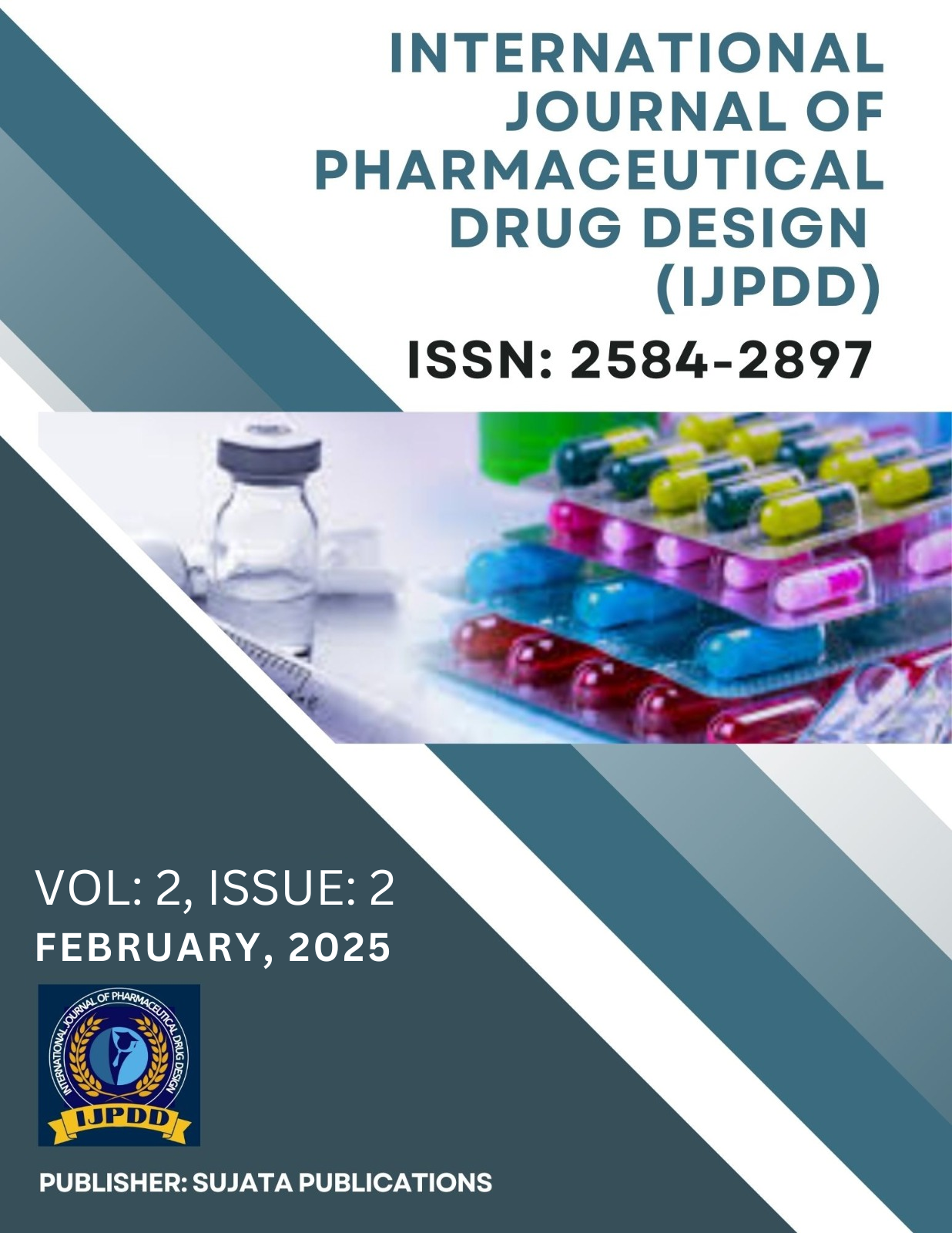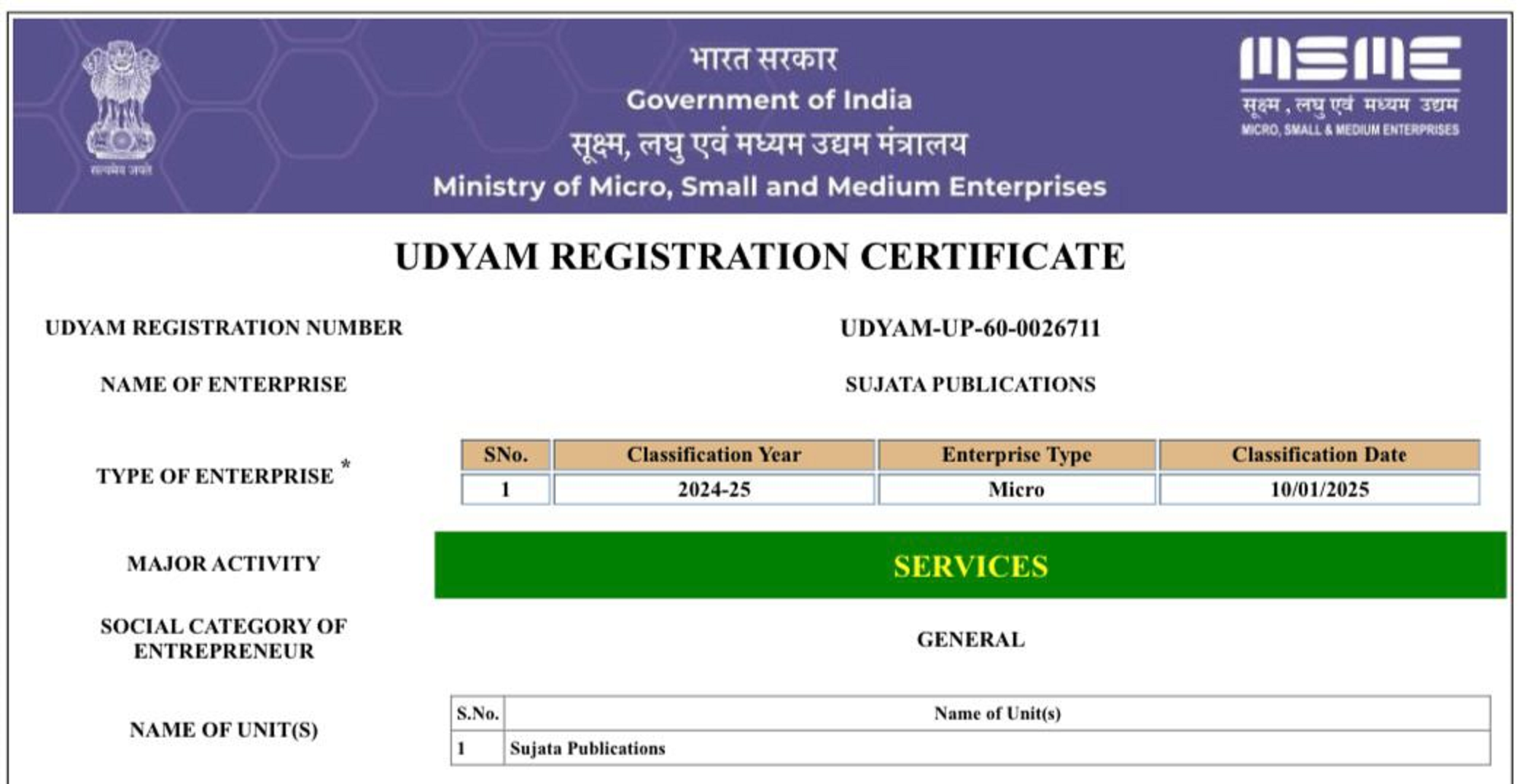A Review on Recycling waste polyethylene materials into useful products via pyrolysis
DOI:
https://doi.org/10.62896/Keywords:
Plastic pyrolysis, Waste management, Circular economy, Thermochemical conversion, Plastic-tofuel, greenhouse gases, post-use plastic pyrolysis.Abstract
From the viewpoint of reducing the environmental load and securing domestic resources in the future, it is essential to promote the recycling of waste plastics. The effective utilization rate of waste plastics in Japan has been increasing year by year, reaching 83 % in 2014. However, the percentages of material recycling and chemical recycling in the effective utilization rate are low at only 26 % and 4 %, respectively, and the remaining 70 % is only thermal recovery. In other words, there is a great potential for improving the effective utilization rate through material recycling and chemical recycling. In this paper, we focus on the thermal decomposition method of waste plastics, which is one of the chemical recycling methods. The thermal decomposition method makes it possible to convert mixed waste plastics, etc., into oil and gas, which are difficult to apply to material recycling. However, in reality, polyvinyl chloride (PVC) and polyethylene terephthalate (PET) generate corrosive gases and high-boiling point sublimable substances by thermal decomposition, which cause a decrease in the quality of the pyrolysis products and corrosion and clogging of the processing equipment, so waste plastics with a high resin content remain difficult to process. In order to overcome these problems, the authors have been studying the dry and wet dehydrochlorination and dechlorination processes for PVC, and the pyrolysis of PET to oil using lime. In this paper, we first summarize the current status of pyrolysis research on the major resins polyethylene (PE), polypropylene (PP), and polystyrene (PS), and then introduce the pyrolysis research on PVC and PET, focusing on the dehydrochlorination and dechlorination processes for PVC that the authors have reported, and the pyrolysis of PET to oil using lime.

Downloads
Published
Issue
Section
License
Copyright (c) 2025 Sujata Publications

This work is licensed under a Creative Commons Attribution-NonCommercial 4.0 International License.















